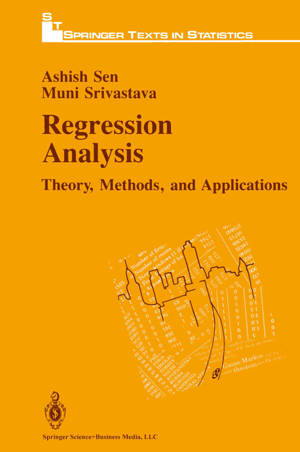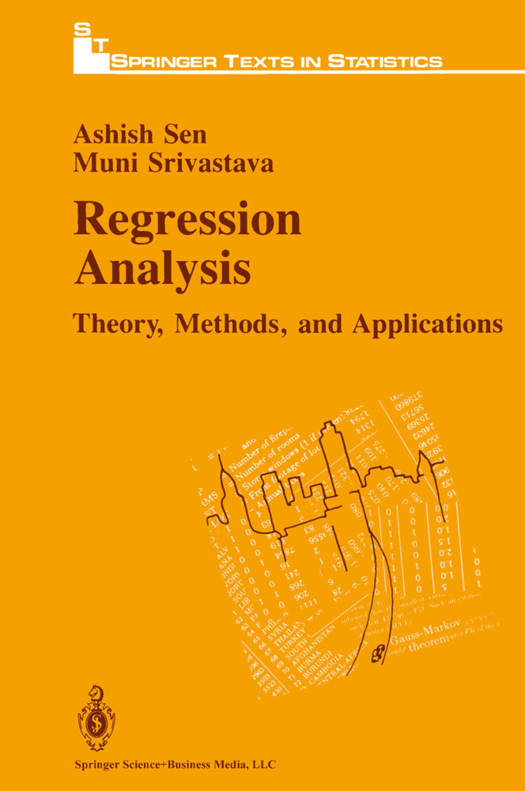
- Afhalen na 1 uur in een winkel met voorraad
- Gratis thuislevering in België vanaf € 30
- Ruim aanbod met 7 miljoen producten
- Afhalen na 1 uur in een winkel met voorraad
- Gratis thuislevering in België vanaf € 30
- Ruim aanbod met 7 miljoen producten
Zoeken
€ 52,95
+ 105 punten
Omschrijving
Any method of fitting equations to data may be called regression. Such equations are valuable for at least two purposes: making predictions and judging the strength of relationships. Because they provide a way of em- pirically identifying how a variable is affected by other variables, regression methods have become essential in a wide range of fields, including the soeial seiences, engineering, medical research and business. Of the various methods of performing regression, least squares is the most widely used. In fact, linear least squares regression is by far the most widely used of any statistical technique. Although nonlinear least squares is covered in an appendix, this book is mainly ab out linear least squares applied to fit a single equation (as opposed to a system of equations). The writing of this book started in 1982. Since then, various drafts have been used at the University of Toronto for teaching a semester-Iong course to juniors, seniors and graduate students in a number of fields, including statistics, pharmacology, pharmacology, engineering, economics, forestry and the behav- ioral seiences. Parts of the book have also been used in a quarter-Iong course given to Master's and Ph.D. students in public administration, urban plan- ning and engineering at the University of Illinois at Chicago (UIC). This experience and the comments and critieisms from students helped forge the final version.
Specificaties
Betrokkenen
- Auteur(s):
- Uitgeverij:
Inhoud
- Aantal bladzijden:
- 348
- Taal:
- Engels
- Reeks:
Eigenschappen
- Productcode (EAN):
- 9783540972112
- Verschijningsdatum:
- 1/01/1994
- Uitvoering:
- Paperback
- Formaat:
- Trade paperback (VS)
- Afmetingen:
- 156 mm x 234 mm
- Gewicht:
- 517 g

Alleen bij Standaard Boekhandel
+ 105 punten op je klantenkaart van Standaard Boekhandel
Beoordelingen
We publiceren alleen reviews die voldoen aan de voorwaarden voor reviews. Bekijk onze voorwaarden voor reviews.











